Your vital organs—screened
Scan your body for potential cancer and 500+ conditions in up to 13 organs.




Our scan is designed to















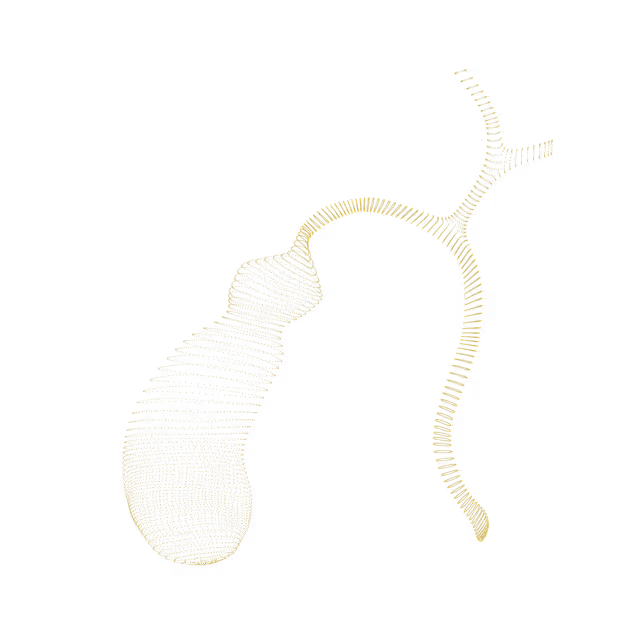
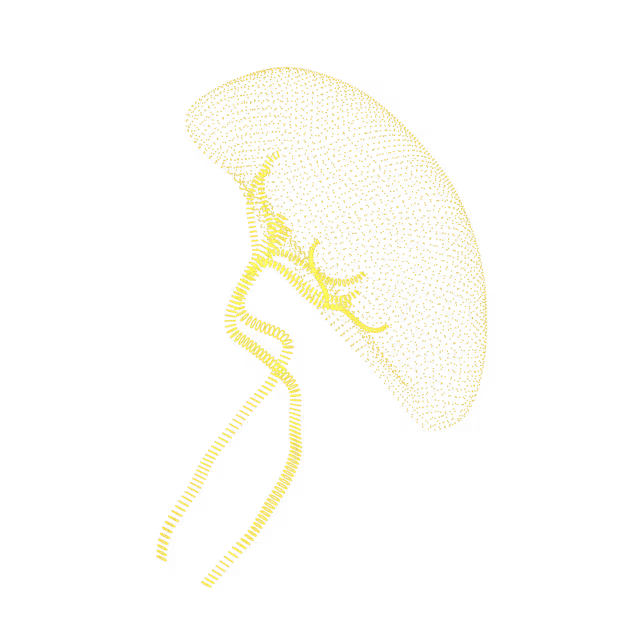

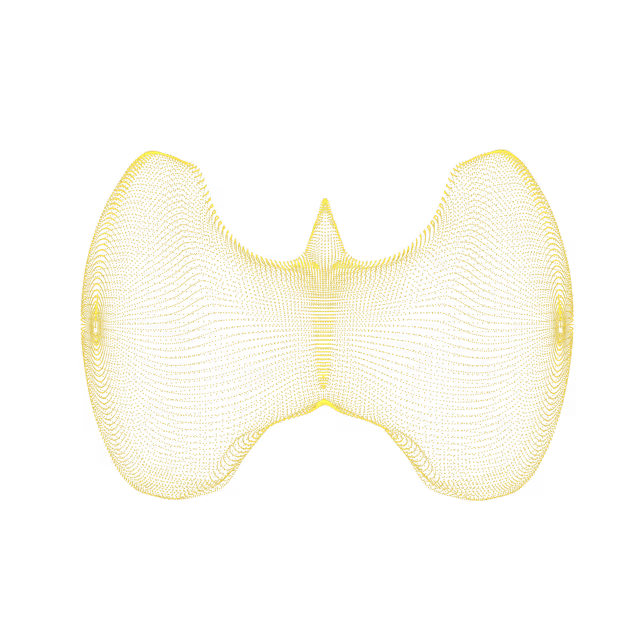

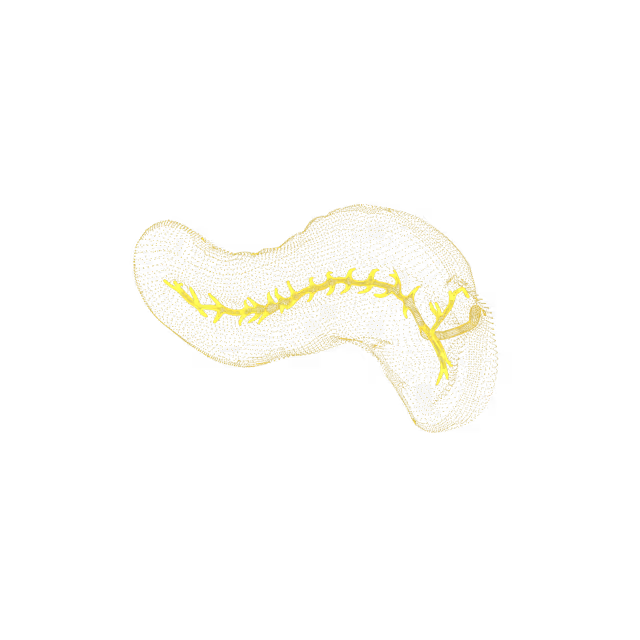
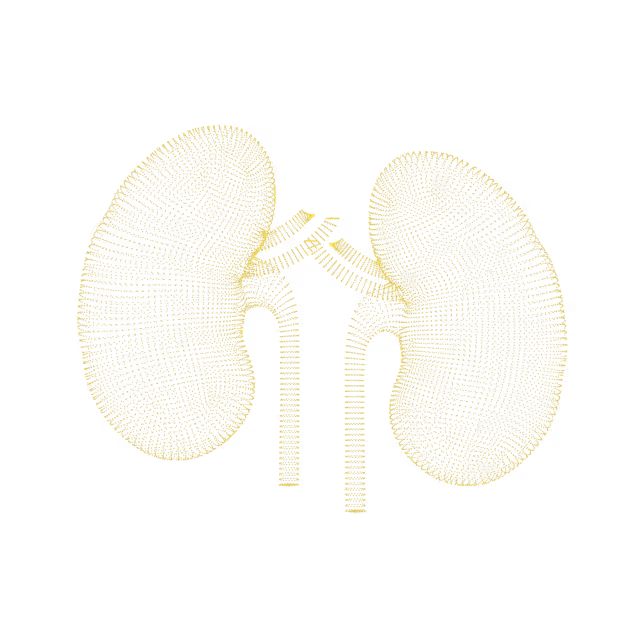
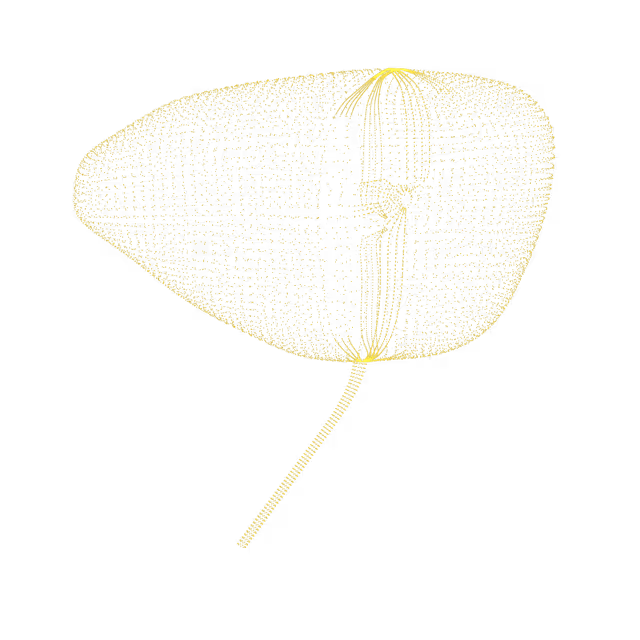
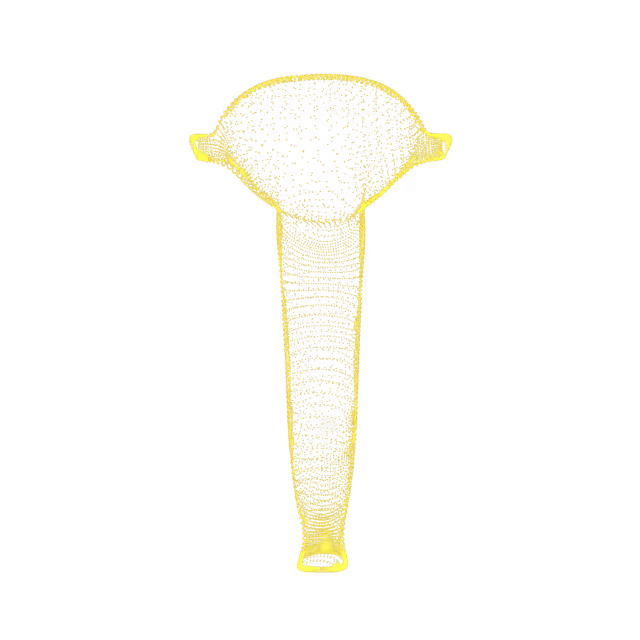
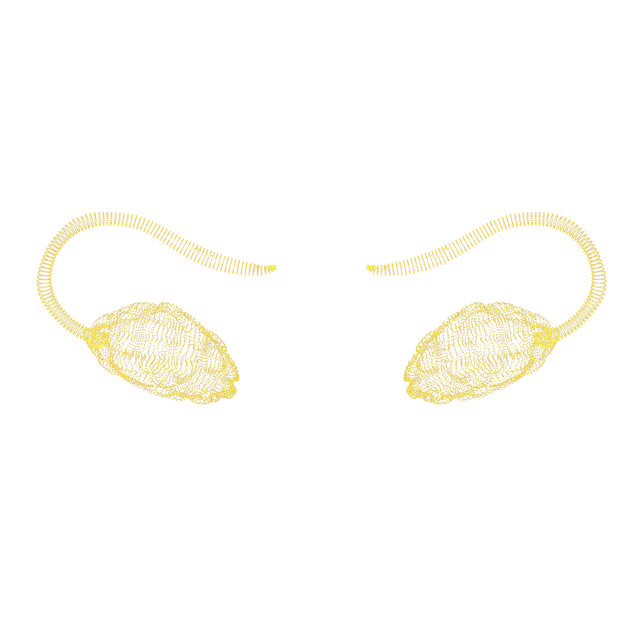
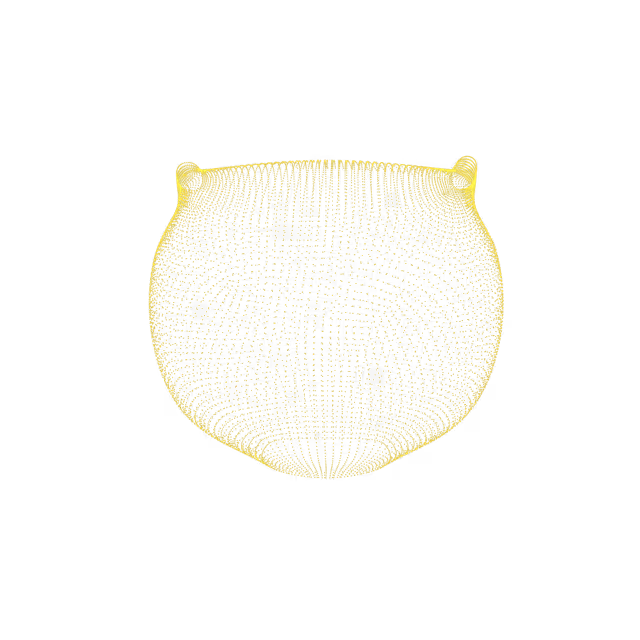

Cervical fibroids (also called cervical myomas, leiomyomas of the cervix) are abnormal growths of muscle tissue in the cervix. They are thought to be caused by an excess of estrogen, a hormone involved in cellular growth, and may also develop due to an imbalance between estrogen and progesterone. Cervical fibroids are benign (non-cancerous) and are usually asymptomatic (do not cause symptoms), but sometimes can be the cause of abnormal vaginal bleeding, painful sexual intercourse, and abdominal/pelvic pain.
The endocervical cavity (canal) is the space connecting the vagina with the uterus. Sometimes it can be more expanded or wider than usual. It is unclear what causes this finding, but could be associated with history of vaginal birth delivery.
Nabothian cysts (also called mucinous retention cysts or epithelial inclusion cysts) are mucus collections that form a sac on the cervix. They can be caused by childbirth or minor physical trauma to the cervix. Nabothian cysts are benign (non-cancerous) and are usually asymptomatic (do not cause symptoms), but sometimes can be the cause of pain or a bothersome feeling of fullness in the vagina.
The cervical cavity (canal) connects the interior of the vagina with the uterus. Small amounts of fluid or mucus in the cervical cavity is a normal finding. No follow-up is indicated.
Sometimes the salts and minerals in the urine can crystalize and form bladder stones. Factors that increase the risk of developing bladder stones include inflammation of the bladder caused by infections, foreign material present within the bladder, kidney stones, and underlying conditions (e.g. prostate gland enlargement, neurogenic bladder) that affect the bladder's ability to hold, store or eliminate urine. Most bladder stones less than or equal to 5 mm in diameter pass out of the body spontaneously and asymptomatically (with no symptoms). If a bladder stone does get stuck or irritates the bladder wall, it can cause symptoms of lower abdominal pain, difficulty urinating or interrupted urine flow, bloody urine, and painful or frequent urination.
A bladder diverticulum forms when some of the bladder lining pokes through a weak part in the bladder wall. A bladder diverticulum can either be congenital (from birth) or acquired (present later in life). Acquired bladder diverticula (when there is typically more than 1 diverticulum present) are most often caused by a blockage in the bladder outlet (such as from a swollen prostate or scars in the urethra [the tube that carries urine from the bladder out of the body]), the bladder not working well due to nerve injury or, rarely, from prior bladder surgery. Acquired diverticula are most often seen in older men, who tend to get bladder outlet blocks.
There are several possible causes of bladder wall calcification including cystitis (inflammation of the bladder), radiation to the area, schistosomiasis (a disease caused by parasitic worms that live in infested water located in tropical and subtropical regions), tuberculosis, and neoplasia (cancerous or non-cancerous growth). A diagnosis can usually be obtained from a combination of history, clinical examination, appropriate laboratory studies, and imaging of the bladder calcification and remaining urinary tract.
A collapsed, or incompletely distended bladder, indicates that at the time of MRI examination, the bladder was not full of urine. This finding does not indicate any underlying condition.
Hydroureter refers to dilation of the ureter(s), the narrow tube urine travels down from the kidneys into the bladder. It is most often caused by obstruction of urine outflow due to blockage of the ureter(s) by calculi (stones), chronic inflammation, neoplasia (cancerous or noncancerous growth), or accidental ligation during surgery.Symptoms are variable, but may include pain, either in the side and/or back (known as flank pain), nausea, and/or vomiting. Treatment is based on the cause.
The median lobe is located between the ejaculatory ducts and the urethra (the tube that carries urine from the bladder out of the body) in the central zone of the prostate. Hypertrophy refers to an increase in the size and number of cells in this part of the prostate. When there is overgrowth of the prostatic median lobe into the bladder, it can cause bladder outlet obstruction and related storage and voiding symptoms. While minimal hypertrophic changes may not cause symptoms, progression of these changes (also known as benign prostatic hyperplasia or BPH) may cause lower urinary tract symptoms including needing to urinate often (especially at night), difficulty starting to urinate and having a weak urine stream.


© 2025 Ezra